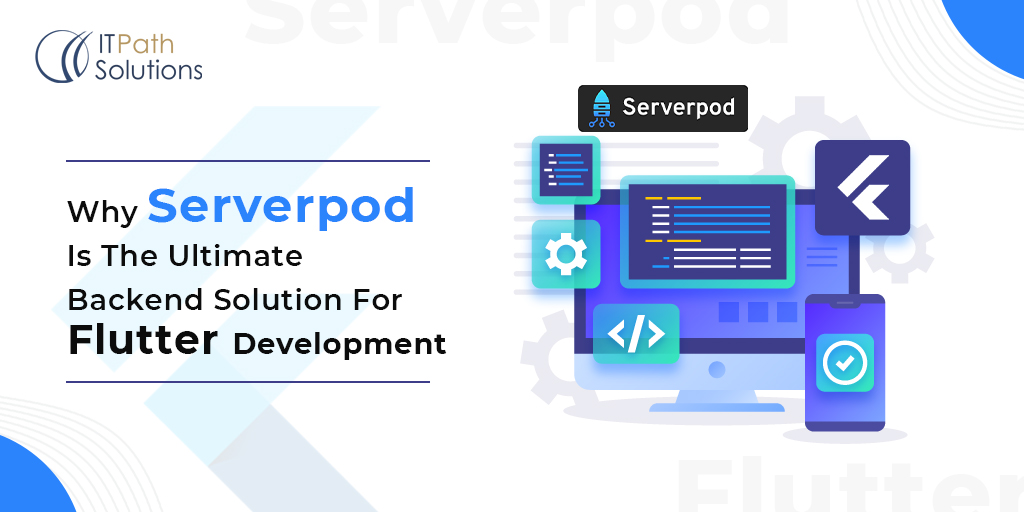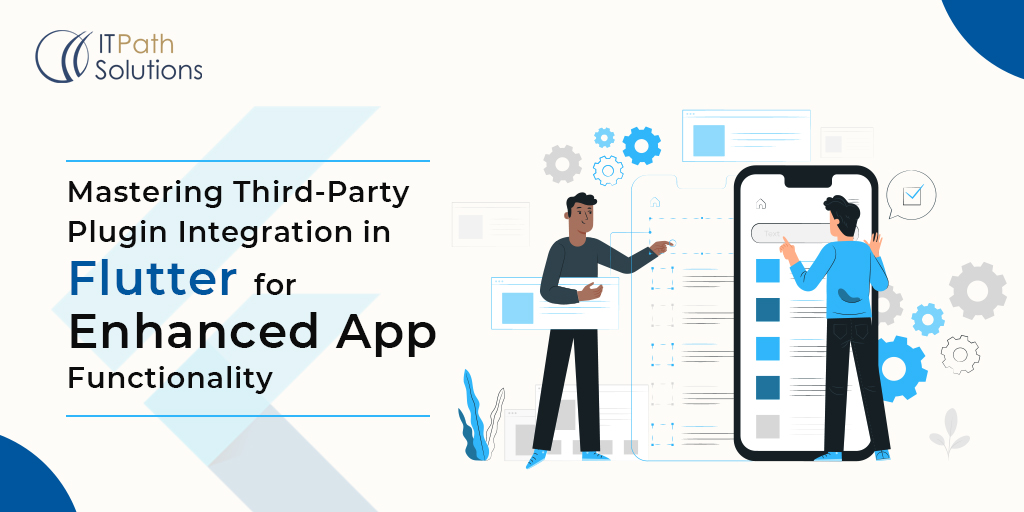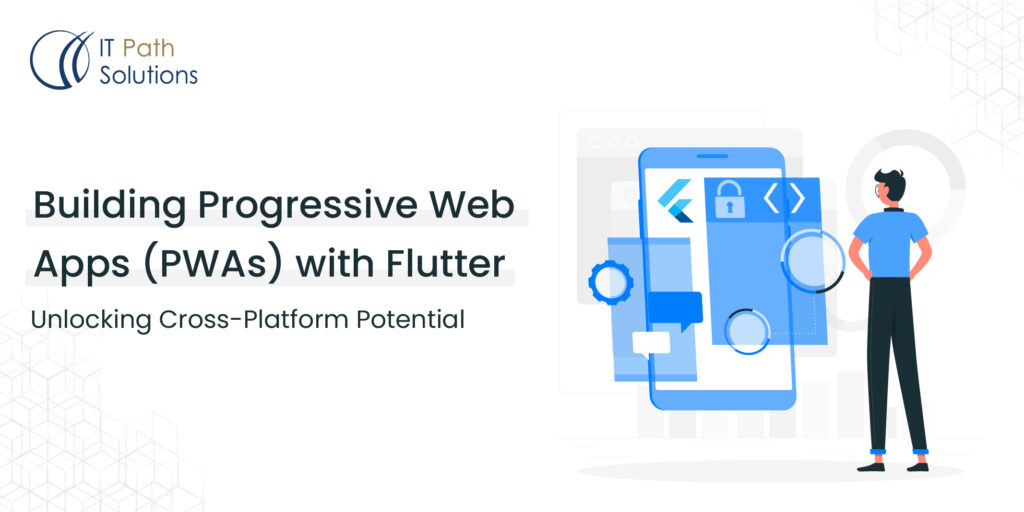Flutter and MVPs: A Winning Combination in Mobile App Development
Flutter
In the fast-paced world of mobile app development, the concept of a Minimum Viable Product (MVP) has gained significant importance. An MVP allows you to test your app’s core functionality and gather crucial user feedback with minimal features. However, choosing the right framework for building an MVP is a critical decision that can significantly impact your project’s success. This is where Flutter, an open-source UI software development toolkit created by Google, comes into play. Flutter has been making waves in the development community for its remarkable ability to expedite MVP development without compromising on quality.

In the ever-evolving landscape of digital innovation, launching an MVP can be a strategic move. It allows you to validate your app idea, gather real user feedback, and pivot as necessary. However, the choice of technology for MVP development is pivotal. It can impact the speed of development, the quality of the user experience, and the overall cost-effectiveness of your project.
What is Flutter?
Flutter is not just a framework; it’s a dynamic toolkit designed to streamline mobile app development. It enables Flutter developers to write code once and deploy it seamlessly on both Android and iOS platforms. Unlike other cross-platform solutions, Flutter doesn’t rely on web views or intermediate interpretations. Instead, it compiles directly to native ARM code, resulting in high performance and native-like experiences.
Flutter’s architecture revolves around widgets, which are the building blocks of its user interfaces. It provides a rich set of pre-designed widgets for common use cases, but it also allows developers to create custom widgets to achieve unique designs and functionalities. This flexibility empowers developers to craft stunning and highly functional interfaces for MVPs.
Benefits of Employing Flutter for MVP Development
 Fast Development with “Hot Reload”
Fast Development with “Hot Reload”
Flutter’s defining feature is its “Hot Reload” capability, which sets it apart from traditional development approaches. With “Hot Reload,” developers can make real-time changes to the codebase and instantly witness the effects within the app. The absence of time-consuming recompilation cycles means that developers can iterate rapidly, making it an invaluable asset during MVP development.
The “Hot Reload” feature doesn’t just save time; it also enhances collaboration between designers and developers. Designers can make visual adjustments in real-time, and developers can quickly implement those changes. This tight feedback loop speeds up the design and development process, resulting in a more polished MVP in a shorter time frame.
Single Codebase for Cross-Platform Development
One of Flutter’s most significant advantages is its cross-platform compatibility. By maintaining a single codebase for both Android and iOS, developers can drastically reduce development time and costs. This unity of code not only accelerates MVP development but also ensures consistent functionality and user experiences across platforms.
Traditionally, building separate codebases for Android and iOS required duplicating efforts and dealing with inconsistencies in user experience. With Flutter, you can achieve platform parity effortlessly, ensuring that your MVP functions seamlessly on both major mobile platforms.
Rich and Customizable UI
In the realm of MVPs, making a captivating first impression is paramount. Flutter excels in this domain, boasting a vast library of customizable widgets that are pixel-perfect and highly flexible. Whether you need a unique custom design or seek to mimic the design language of a particular platform, Flutter gives you the tools to create visually engaging and deeply customizable user interfaces.
Flutter’s widget-based approach to UI design enables developers to craft complex and visually appealing interfaces with ease. Additionally, Flutter’s Material Design and Cupertino libraries provide ready-made design elements and patterns, ensuring that your MVP not only looks great but also adheres to established design standards.
High Performance and Smooth Animations
Exceptional performance is a non-negotiable factor even in MVPs. Flutter is renowned for its high performance and its ability to deliver silky-smooth animations. This performance optimization extends to the rendering engine, which is capable of 60 frames per second (FPS) animations, even on older devices. Users will appreciate the responsiveness and fluidity of your app, enhancing their overall experience.
Flutter’s high-performance graphics engine, powered by Skia, ensures that animations are not just smooth but also power-efficient. This is crucial, especially for mobile devices with limited battery life. Your MVP can impress users with its fast and fluid interactions, leaving a positive impression.
Thriving Community and Abundance of Plugins
Flutter’s success is not just about the framework itself; it’s also the result of a thriving developer community and a vast repository of plugins and packages. This ecosystem ensures that developers have access to solutions for common problems, pre-built functionalities, and a plethora of resources that expedite development. Whether you need to integrate payment gateways, implement complex animations, or connect with IoT devices, chances are there’s a plugin or package available to simplify your task.
The Flutter community actively contributes to its growth and improvement. You can leverage community-driven resources like packages, libraries, and forums to troubleshoot issues, seek guidance, and stay updated on the latest developments in Flutter.
Native-Like Experience
One of Flutter’s most striking features is its ability to provide a native-like experience on both Android and iOS platforms. Users won’t discern any substantial difference between Flutter apps and purely native ones. Flutter uses a 2D rendering engine called Skia to create visuals that closely mimic the native look and feel. This seamless experience is pivotal in driving user adoption, even during the MVP phase.
Flutter achieves this native-like experience through its faithful adherence to platform-specific design guidelines. Whether your users are on Android or iOS, they’ll find your app familiar and intuitive, which can significantly boost user retention and engagement, even in the early stages of your app’s life.
Cost-Efficiency
Cost considerations are paramount in MVP development. Flutter’s single codebase approach not only reduces development time but also slashes expenses associated with maintaining separate codebases for Android and iOS. Additionally, the availability of open-source libraries and plugins further minimizes development costs.
The cost-effectiveness of Flutter extends beyond the initial development phase. Since you’re working with a single codebase, ongoing maintenance, updates, and bug fixes are more streamlined. This can lead to long-term cost savings, making it an attractive choice for startups and businesses with limited budgets.
Case Studies or Examples
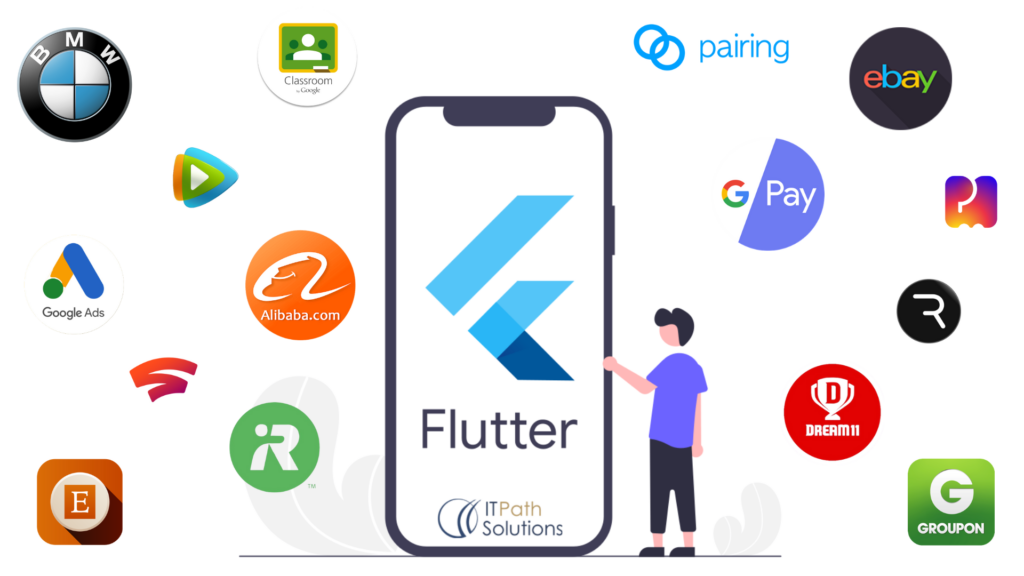
Fig 2. Flutter Applications
Let’s delve into real-world examples of successful MVPs built using Flutter:
Google Pay
Google Pay, a widely used digital payment platform, also relies on Flutter for its mobile app development. Flutter’s cross-platform capabilities and rapid development cycle have enabled Google Pay to provide a seamless and efficient payment experience to users on both Android and iOS platforms.
- Success Highlights: Google Pay’s utilization of Flutter showcases the framework’s adaptability for critical applications like mobile payment platforms. It highlights how Flutter can ensure a consistent and high-quality user experience across different mobile operating systems.
Alibaba
Alibaba, a global e-commerce giant, harnessed Flutter to create its Xianyu app, which commenced as an MVP. The expeditious development facilitated by Flutter’s cross-platform capabilities played a pivotal role in transforming it into a success story.
- Success Highlights: Alibaba’s Xianyu MVP saw rapid development and scalability thanks to Flutter’s single codebase and hot reload features. The app quickly gained popularity, demonstrating the effectiveness of using Flutter for MVPs in capturing a significant user base.
Tencent
Tencent, the brains behind popular apps like WeChat, leveraged Flutter to develop their “Now” app. The decision was fueled by the imperative need for swift MVP development, which Flutter adeptly delivered.
Success Highlights
Tencent’s “Now” app exemplifies Flutter’s ability to deliver a native-like experience while expediting the MVP development process. The app’s success underscores Flutter’s viability in building MVPs for large-scale enterprises.
Challenges and Considerations
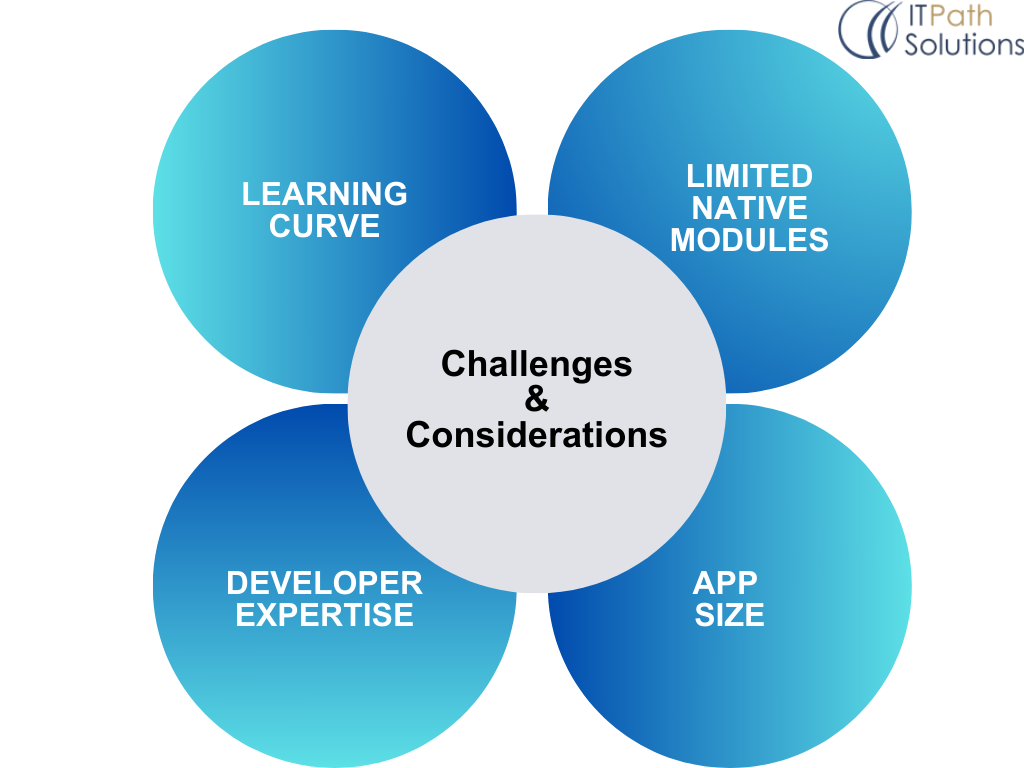
Fig 3. Challenges and Considerations
While the merits of Flutter for MVP development are evident, it’s essential to acknowledge potential challenges:
Learning Curve
Flutter introduces Dart as its programming language, which may necessitate a learning curve for developers unfamiliar with it. It’s a statically typed language with a concise syntax, making it relatively easy to pick up for experienced developers. However, those entirely new to programming may need some time to become proficient.
The learning curve can be mitigated by investing in training and resources. There are numerous online courses, documentation, and tutorials available to help developers get up to speed with Dart and Flutter.
Limited Native Modules
Despite its extensive ecosystem, Flutter may face limitations in replicating highly specialized native features. While Flutter’s extensive ecosystem covers most common requirements, you may encounter scenarios where specific native modules are challenging to implement. It’s imperative to ensure that your MVP requirements align with Flutter’s capabilities.
In cases where a critical native feature is required, you can explore platform channels in Flutter to bridge the gap between Flutter and native code. This allows you to integrate platform-specific functionality while still benefiting from Flutter’s cross-platform advantages.
App Size
Flutter apps, in certain cases, may exhibit a larger file size compared to purely native apps. This factor may be a concern, especially when stringent app size constraints are in place, as noted in ProductPlan’s glossary. However, Flutter’s development team is actively working on optimizing app size, so this issue is continually improving.
Optimizing app size in Flutter involves careful management of dependencies and assets. By selectively including only the necessary components, you can minimize the impact of app size on user downloads and device storage.
Developer Expertise
While Flutter’s ease of learning is an advantage, finding developers with Flutter expertise may be challenging in some regions. It’s essential to assess your team’s familiarity with Flutter or invest in training to maximize its benefits.
The Flutter community offers resources for developers looking to enhance their skills. Encouraging your team to engage with the community, attend Flutter-related events, and participate in online forums can help build expertise over time.
Conclusion
In summation, Flutter emerges as the ultimate choice for developing Mobile App Minimum Viable Products (MVPs). Its ability to expedite development, foster cross-platform compatibility, facilitate rich UI design, ensure high performance, tap into a thriving community, and minimize costs make it a prime framework for MVP projects. Nevertheless, it is vital to weigh these advantages against potential challenges and conduct a thorough evaluation to determine if Flutter aligns with your project’s specific requirements and constraints.
Flutter presents an enticing proposition for those aiming to transform their app ideas into reality swiftly and efficiently. By selecting Flutter for your MVP, you can lay a robust foundation for your app’s success in the fiercely competitive mobile app arena.
 Healthcare
Healthcare  Education
Education  Real Estate
Real Estate  Logistic
Logistic  Fitness
Fitness  Tourism
Tourism  Travel
Travel  Banking
Banking  Media
Media  E-commerce
E-commerce 
